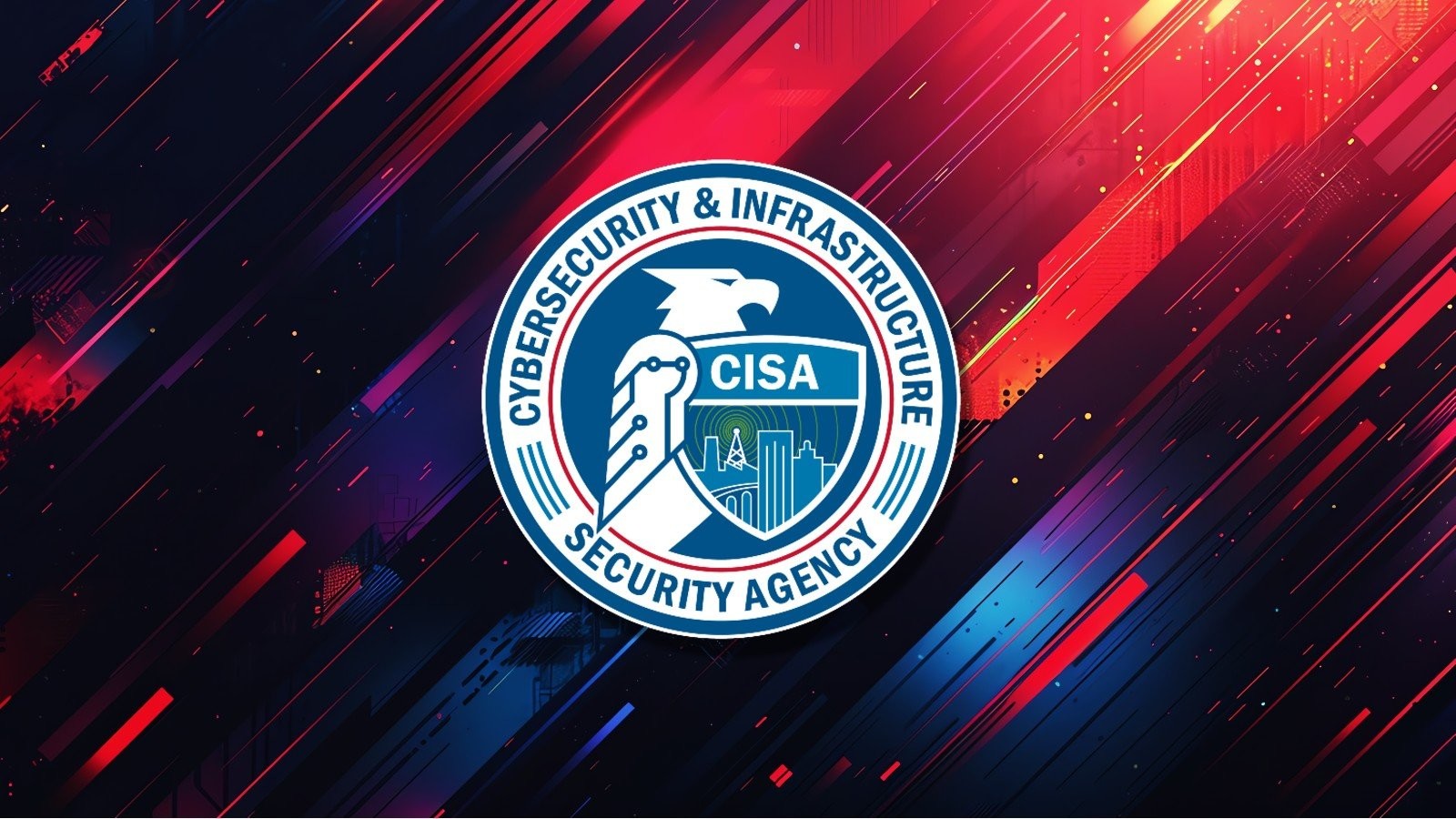
CISA Thorium’s CVE burst: How BaseFortify Helps
Publication date: 2025-09-18
Summary: CISA’s open-source Thorium just saw a cluster of CVEs. They’re not catastrophic, but they do highlight early-stage guardrails missing in the codebase (path handling, TLS verification, token/timing controls, LDAP escaping, and a panic on .unwrap()). Fixes shipped fast. If you’re evaluating Thorium, stay current and layer basic controls. BaseFortify keeps this simple by matching your components to these CVEs, creating actionable threats with mitigation steps, and—if you’re registered—giving you annotated reports, Q&A, AI chat, and an attack graph to prioritize work.
TL;DR - What Thorium is!
Thorium is CISA’s scalable platform for automated file analysis and results aggregation—integrating docker/VM/shell tools, ingesting potentially malicious samples (via a neutered/encrypted format), and letting teams search results quickly for IR, forensics, and malware triage.
Context from GitHub (why these CVEs aren’t shocking)
The cisagov GitHub organization is large (about 469 repositories), while the thorium repo currently lists 3 contributors. That’s a typical signal of a young codebase still baking in secure defaults and CI guardrails (not a scandal—just maturity in progress).
The seven CVEs (read the BaseFortify reports)
Below are the seven relevant CVE reports, they include mitigation steps but to read in full you need to become a registered user.
- CVE-2025-35430 — Path traversal in file downloads (CVSS 5.3). Authenticated users could fetch arbitrary files permitted by OS perms.
- CVE-2025-35431 — LDAP injection (CVSS 5.3). Authenticated tampering with group membership/authorization.
- CVE-2025-35432 — No rate-limit on account-verification emails (CVSS 6.9). Unauthenticated spam/DoS.
- CVE-2025-35433 — Stale password-reset tokens remain valid (CVSS 2.3). Targeted access if a token was already stolen.
- CVE-2025-35434 — No TLS verification to Elasticsearch (CVSS 2.3). ES impersonation risk on flat networks.
- CVE-2025-35435 — Divide-by-zero crash via “stream split size” (CVSS 5.3). Authenticated DoS.
- CVE-2025-35436 —
.unwrap()panic in email verification flow (CVSS 6.9). Unauthenticated crash/DoS.
Our opinion
Not a meltdown. The issues are mostly medium/low and several require auth or internal access. The pattern is preventable and points to missing guardrails—secure defaults, input validation, certificate checks, token hygiene, rate-limiting, and Rust error-handling discipline. Credit where due: fixes landed quickly (1.1.1 / 1.1.2 and targeted commits).
What to do if you trial Thorium
- Run current: use ≥ 1.1.2; enable TLS verification to Elasticsearch; set conservative rate-limits on auth/email endpoints.
- Segment: keep ES and control-plane traffic off flat networks; apply least-privilege filesystem permissions.
- Watch the right signals: surges in verification emails, crashes in email flows, unusual LDAP role edits, or odd download paths.
Where BaseFortify fits
- Match & track: We match your components to relevant CVEs and create threats with mitigation steps.
- Registered users: read our annotated CVE reports, use Q&A, chat with the AI assistant, and explore the attack graph to see likely paths (e.g., auth → LDAP change, or ES impersonation).
- One-click from CVE to action: open any CVE link above to jump straight into the BaseFortify report for context and next steps.
I hope you are convinced, you can try out BaseFortify for FREE today by registering at the following link: https://basefortify.eu/register
Note: GitHub org/repo details (repo count and contributor list) were checked today.
